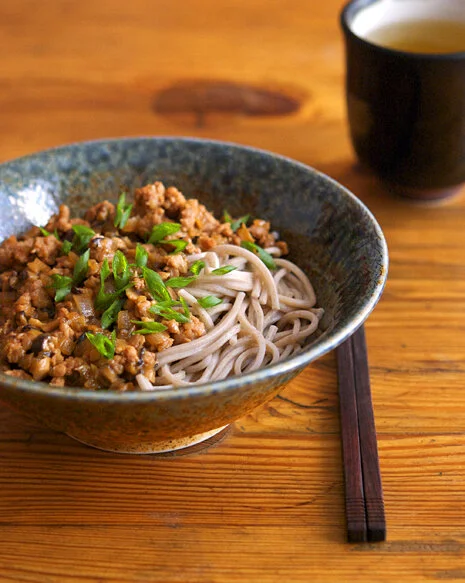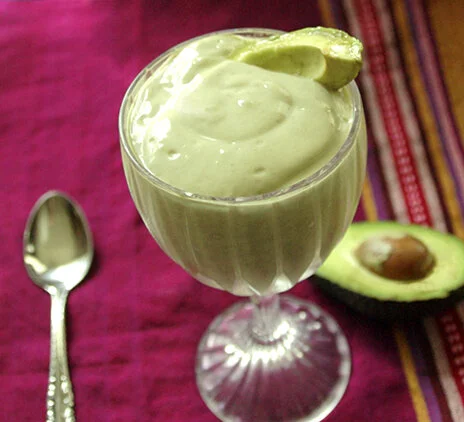One of the things I missed the most while traveling was having a standard stock of kitchenware. When you're bopping around from city to city, and readjusting to a new kitchen every few months, you're not going to have all necessary tools at your disposal. Especially the super heavy items, like a mortar and pestle. I went almost three years without one. If you cook for a living, that should be a crime.
I used a mortar and pestle whenever I could, like while working at The Hutong in Beijing, but for most of the last peripapetic 3 years I mostly made do with ground spices. I just couldn't justify moving around 10-pound stone objects to every kitchen I used. (Nevermind that I had at least 5 times the weight in cookbooks.) But now, ever since moving home, I've been crushing spices like a fanatic.
For anyone who craves the numbingness of Sichuan peppercorn, the whole spice will always be more satisfying than the pre-ground variety. If you have to use "crack" to describe any food item, use it for Sichuan peppercorn, instead of Momofuku desserts. So, when faced with a mountain of shimeji, king trumpet, and large shiitake mushrooms (went a little overboard at Whole Foods), I decided to sort of recreate a wild mushroom stir-fry from a trip last year to Chengdu.
Read More

